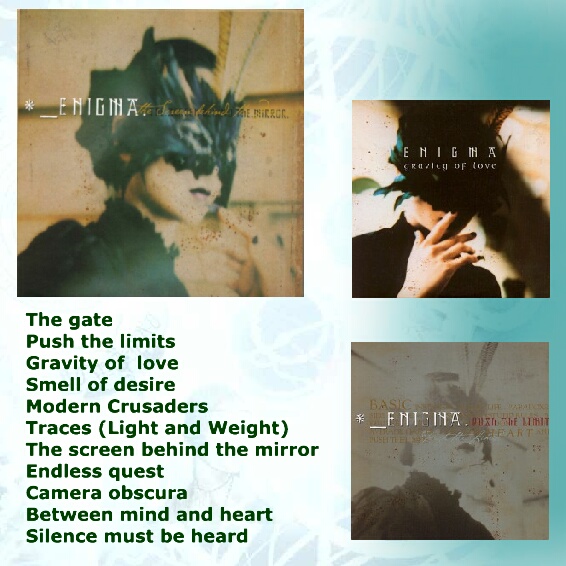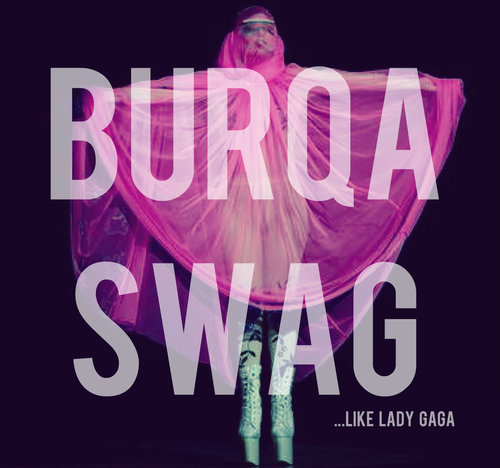

DMX was a rap juggernaut who preached faith and resilience.Taylor Swift review, Fearless (Taylor’s Version) – Wisely not trying to rewrite history.


27 - 32 ( 2016)Ī Forest of Books: Seventeenth-Century Kamigata Commercial Prose Haruo Shirane (ed.) & Tomi Suzuki (ed.) & David Lurie (ed.) Cambridge History of Japanese Literature pp. 近世初期・前期の散文文学における『伊勢物語』の書き直し、パロディーおよび新展開 (‘Kinsei shoki – zenki no sanbun bungaku ni okeru Ise monogatari no kakinaoshi, parodi oyobi shin tenkai) Yamamoto Tokurō (ed.) & Joshua Mostow (ed.) 伊勢物語創造と変容 (Ise monogatari sōzō to hen’yō) pp. Japanese Language and Literature, 54.1 (2020) pp. I have been a member of the extended Council of the European Association of Japanese Studies since 2011 and in 2015 was elected Secretary of the same Association.Īdaptation as a Strategy for Participation: The Chikusai Storyworld in Early Modern Japanese Literature. I was Secretary of the European Association of Japanese Resource Specialists from 2008 to 2012.
#Enigma album grammar error how to
I am deeply engaged in teaching how to read Japanese calligraphy (hentaigana, kuzushiji and sorobun) in order to access and decode manuscript and printed texts produced until the begining of the twentieth century and run graduate workshops for hentaigana, kuzushiji, sorobun and kanbun. I was invited to be a visiting scholar at the University of British Columbia (2008), Keio University (2009), Leiden University (2009), Leuven University (2009), Ritsumeikan University (2010), Japan Women's University (2016). The interdisciplinary and multicultural environment and, in particular, the privilege of working with two German medievalists/early-modernists (Prof Henrike Lahenemann and Dr Elizabeth Andersen) nurtured some of the theoretical aspects of my research on Japanese early-modern prose. In 2010 I joined the School of Modern Languages at Newcastle University (UK). My teaching covered various aspects of Japanese Studies, namely pre-modern and early-modern Japanese literature, classical Japanese and modern Japanese language at both undergraduate and graduate levels. I started as a Teaching and Research Associate at Università Ca’ Foscari Venezia (2003-2005), then became a Lecturer at the same university (2005-2010), while also working as an Adjunct Professor at Università degli Studi di Bergamo (2006-2010). I have many years of teaching/research experience. I pursued and further strengthened my interests in 17th-century Japanese prose by working with Prof Fukasawa Akio (Shōwa Joshi Daigaku) and Oka Masahiko (NIJL and Sophia University). My study focused on Edo-period literature and I was trained mainly by Profs Nobuhiro Shinji and Nagashima Hiroaki. Following the Italian practice at the time, I spent the first two years of my PhD course studying at Tokyo University as a research student (kenkyūsei) with the help of a Monbukagakusho Scholarship. After a BA and an MA in Japanese Studies at Università Ca’ Foscari Venezia (Italy), in 2003 I earned a PhD at the same university.


 0 kommentar(er)
0 kommentar(er)
